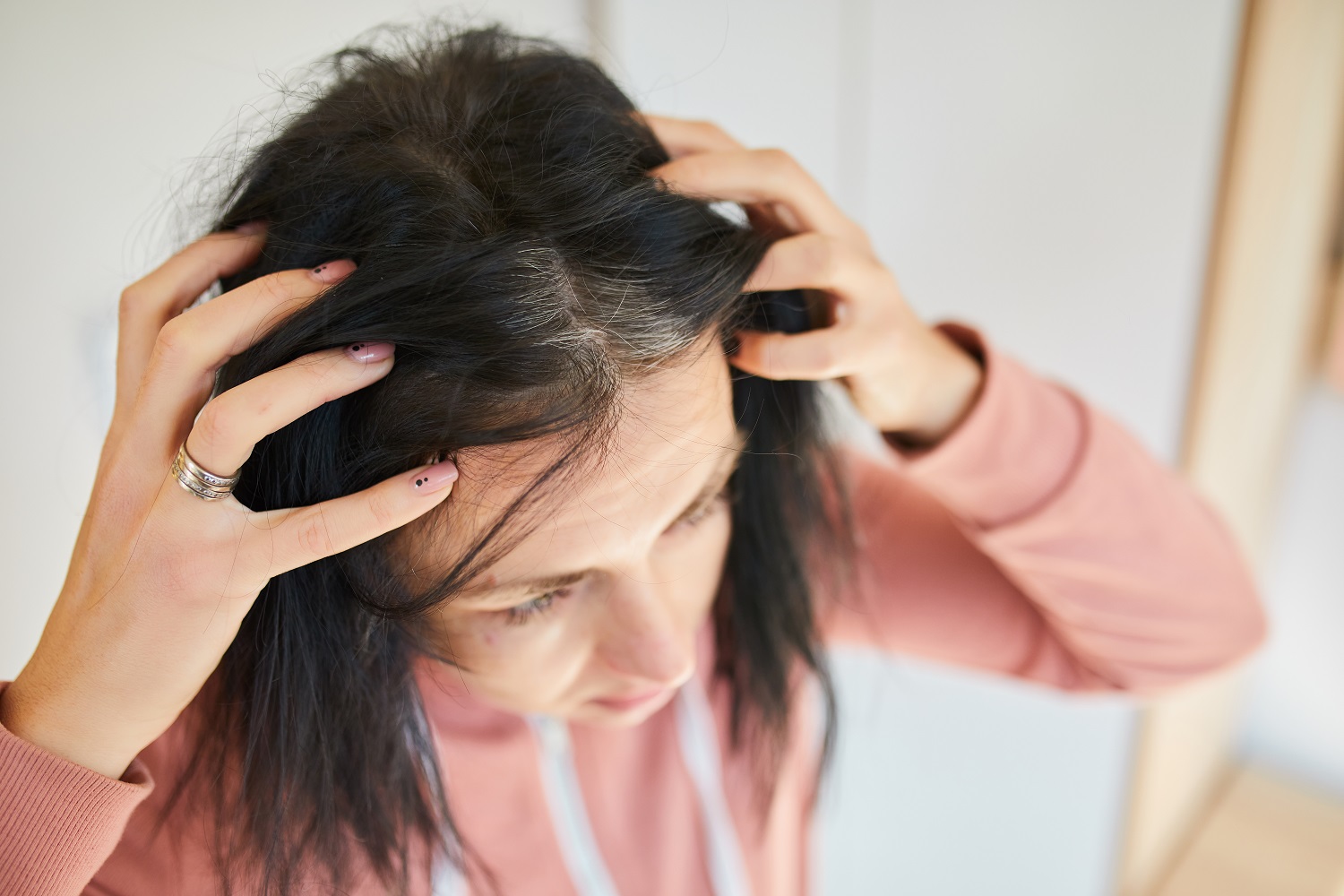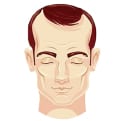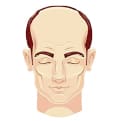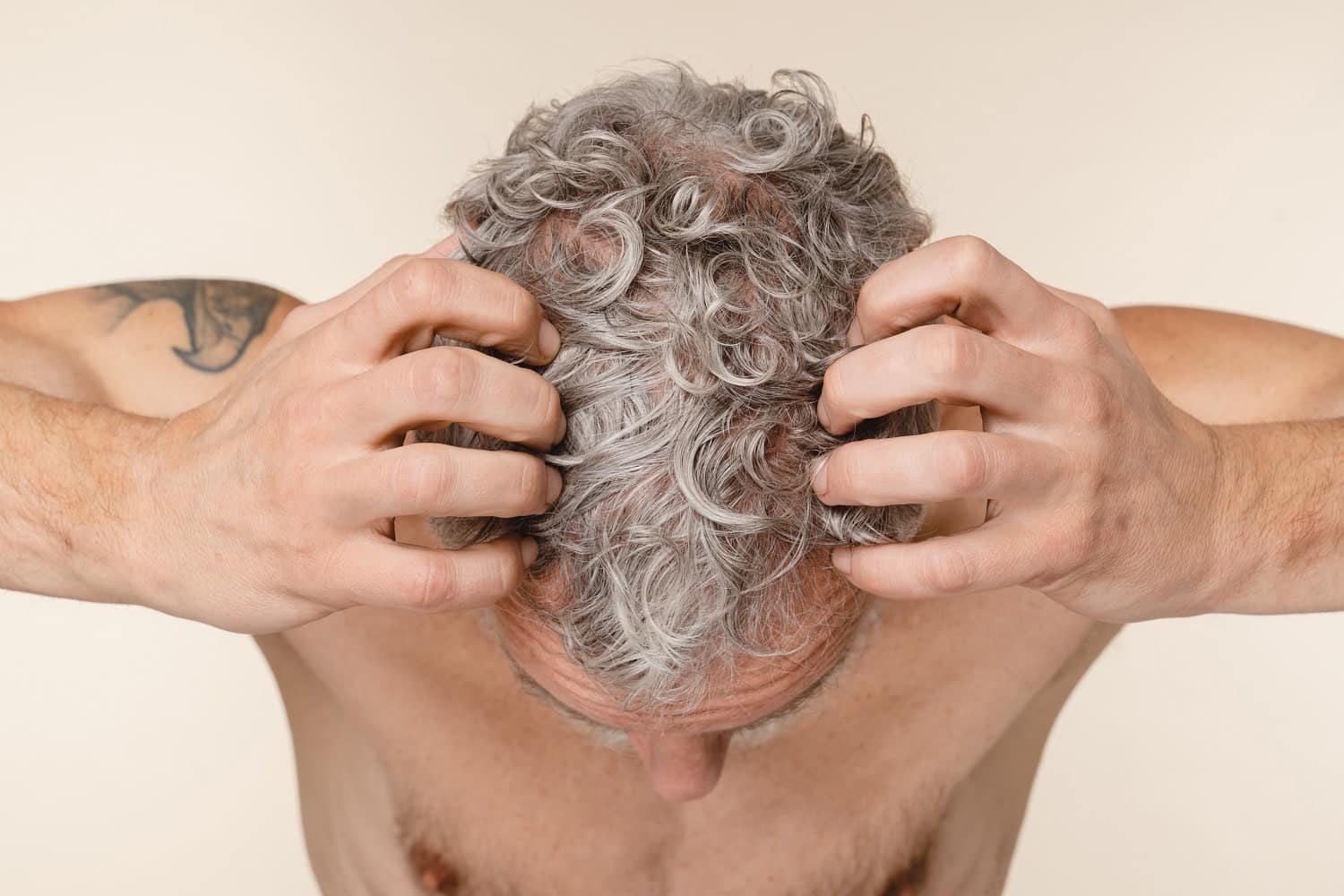Hair loss can be caused by several factors from genetics to disease. Hair loss as a result of a fungal or yeast infection on the scalp may cause patchy—but temporary—hair loss across the head and/or face. These infections can easily be dealt with using topical or oral antifungal treatments.
What are Fungal Infections?
Fungal infections can come in many forms from thrush to athlete’s foot, and scalp ringworm. Fungal infections can quickly get out of control if they are not properly treated. More common in children than adults, they can affect both men and women equally.
The most common types of fungus are mushrooms, yeasts and mold. Generally, fungi enjoy warm, damp environments. Houses that have a humidity problem or a lack of circulating air are especially prone to fungal growth.
Despite this, fungi rarely affect human health. Even when they do, it’s often due to preventable and reversible environmental conditions. For example, athlete’s foot is especially common in those who regularly take part in demanding activities that cause footwear to store moisture and sweat thus allowing yeast to breed on the foot.
How Can I Tell If My Hair Loss Is From a Fungal Infection?
Fungal infections are a medical condition and typically require a trip to your GP or a dermatologist. Only a formal diagnosis can prescribe the proper treatment.
The majority of fungal infections on the scalp are most likely caused by tinea capitis—a form of scalp ringworm. While this can easily be passed from person to person, spotting the signs early and seeing a medical professional can quickly and easily minimize this risk.
The symptoms of tinea capitis include:
- Mild itching that gradually gets worse;
- Small patches of hair loss that slowly increase in size;
- Scaling of the skin on the scalp;
- A bumpy, black-dotted appearance throughout the hair loss area due to hair shafts that have snapped.
- A rash or infection on other areas of the body.
A less common fungal infection that can also lead to hair loss is piedra (trichomycosis nodularis). More common in humid regions such as Southeast Asia or the Southern US, piedra can lead to breakages resulting in hair loss similar to caused by tinea capitis.
What is Tinea Capitis and How Does It Cause Hair Loss?
It’s worth mentioning that ringworm has nothing to do with a worm or any other parasite. It is caused by a fungus that causes a circular rash. This rash is capable of penetrating hair shafts, weakening them, and causing them to break off at the surface leaving a patchy and scaly scalp remaining.
When a ringworm appears on the scalp, it is known as tinea capitis. Ringworm can occur anywhere on the body and can be spread from person to person via physical contact.
There are a wide variety of fungi that can lead to ringworm. Worldwide, the fungus microsporum audouinii is the leading cause. However, nine out of ten cases in the developed world are caused by the trichophyton genus of fungi—a mold that has numerous variants around the world.
In the US and Latin America, the most widespread fungus that causes ringworm is trichophyton tonsurans. In the Middle East, it’s trichophyton violaceum and in Europe and Northern Africa, trichophyton schoenleinii and trichophyton megnini are more prevalent.
How Do I Treat Hair Loss Due To Fungal Infection?
Fortunately, fungal infections are extremely easy to treat—particularly if they are detected early.
For piedra, the easiest treatment is to shave the affected area and follow up with a combination of antifungal creams. For treating tinea capitis, however, the majority of cases can be treated without the need for further loss of hair.
Treatments for tinea capitis include:
- For children, a gentle oral antifungal medication—Griseofulvin—can be administered over the course of 6-8 weeks. In adults, however, this is rarely used as it can damage the reproductive systems in both men and women.
- For adults, a medication known as Terbinafine can reverse the infection in as little as 3-4 weeks.
- Anti-fungal shampoos are also widely used alongside medication. This shampoo only needs to be used twice a week and should be mixed in the ratio of 2% ketoconazole and 1% selenium sulfide.
Permanent Hair Loss Solutions
If your hair loss can’t be treated by conventional means or is linked to more permanent causes (such as genetics) then a hair transplant may be the best option for you. Hair transplants are the only truly permanent solution to hair loss.
At the Dr Serkan Aygin Clinic, we’ve treated more than 15,000 men and women and have achieved an industry-leading 98% hair regrowth rate. Contact us today to schedule your full, free consultation.






